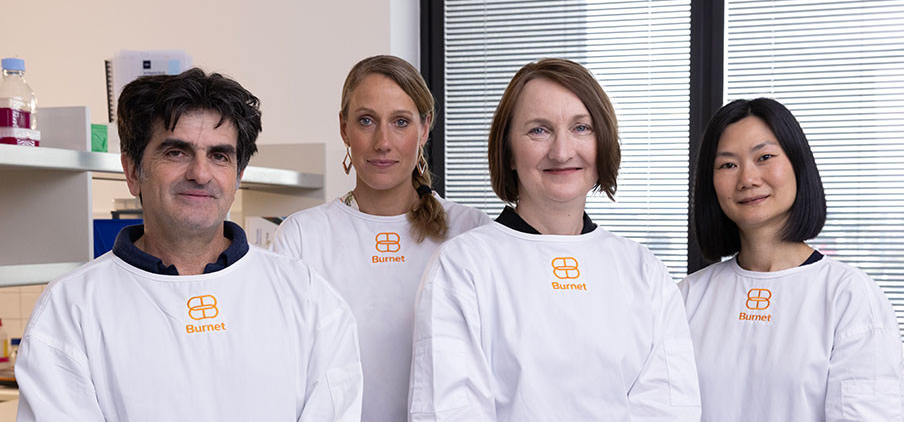
The persistence of HIV in macrophages: a barrier to HIV cure
Antiretroviral therapy can suppress HIV and prevent AIDS, but it cannot eliminate HIV. This is largely due to the persistence of HIV in a latent or ‘silent’ state in certain immune cells. Monocytes and macrophages are immune cells which reside in blood and tissues throughout the body and are infected by HIV.
HIV-infected monocytes and macrophages are a significant barrier to HIV cure as they are long lived cells and can be resistant to the cytopathic effects of HIV, yet little is known about this important reservoir of HIV or how it may be targeted.
Objective
This project will characterise HIV reservoirs in monocyte and macrophages and identify strategies to eliminate these cells. This work will help inform the design of HIV cure strategies that effectively target all sources of HIV within the body, including the ‘silent’ virus that persists within monocytes and macrophages.
Timeline
2018–ongoing.
Approach
In this project we are:
- utilising a novel in vitro model to characterise latent HIV infection in macrophages and identify approaches to reactivate or silence HIV in these cells
- quantifying and characterising the HIV reservoir in monocytes
- identifying mechanisms which govern latent vs productive HIV infection in macrophages using single cell sequencing approaches.
Community impact
This work is furthering our understanding of HIV reservoirs which are the major barrier to HIV cure. Identifying strategies to target these reservoirs is essential to advance the possibility of a HIV cure for the millions of people living with HIV worldwide.
Partners
Funding partners
- NHMRC
- American Foundation for AIDS Research (amfAR)
- Melbourne HIV Cure Consortium
Project contacts

Associate Professor Anna Hearps
Co-Program Director, Disease Elimination; Head, Infection, Inflammation and Innate Immunity
Project team




